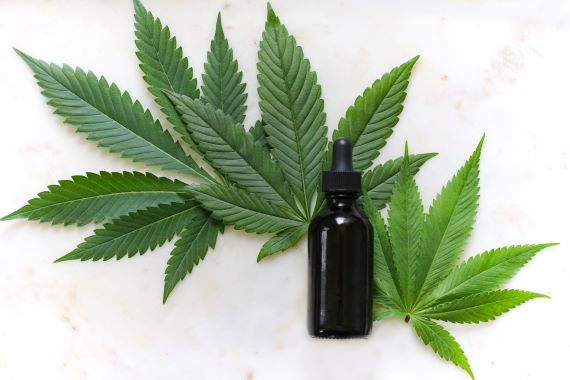What Cannabis Accountants Need to Know about 471
As the legal cannabis market continues to evolve, the record-breaking sales through 2020 seem to have ignited a brighter path for cannabis. Over the last calendar year, cannabis sales topped a whopping $18.3 billion, $7.6 billion more than the previous year. With sales increases like this, the need for top-quality accounting professionals knowledgeable in cannabis businesses has never been more apparent.
Cannabis accounting presents unique challenges for CPAs. At the heart of this challenge are IRCs 280E and 471. IRC 280E stipulates that a legal cannabis business involved in “trafficking” Schedule 1 controlled substances is restricted from claiming regular tax deductions or credits that a traditional company might claim. Cannabis accountants should take extra care to ensure that their clients are not in violation of this code; non-compliance can result in substantial fines, loss of licensure, and criminal penalties.
In light of 280E, it is still possible for cannabis businesses to lower their taxable income by allocating costs and COGS (Costs of Goods Sold). IRC 471 details the general rules for inventory reporting, and below is a brief look at the major sections that cannabis accountants need to know.
IRC 471-1: Need for Inventories
IRC 471-1 establishes the need for reporting inventories to the IRS. In general, in this regulation, the IRS establishes that:
“…in order to reflect taxable income correctly, inventories at the beginning and end of each taxable year are necessary in every case in which the production, purchase, or sale of merchandise is an income-producing factor.”
This is the bread and butter of the tax code that applies to all businesses (not just cannabis) required to report inventory. For the experienced accountant, there is nothing new here that pertains explicitly to cannabis operations. If anything, this particular subsection of 471 should communicate to the cannabis accountant the express need for meticulous record-keeping. Cannabis businesses should have extensive inventory records, tracking seed to sale and everything in between. As a cannabis accountant, everything begins with their record-keeping and should be driven home to the cannabis operator client.
IRC 471-2: Valuation of Inventories
IRC 471-2 also applies to all businesses and details the procedures for the valuation of inventories. This regulation requires that inventories clearly reflect income, consistent from period to period, and lays basic groundwork for allowable valuation methods. One section of 471 allows for a business to establish their valuation on the basis of (1) cost and (2) cost or market, whichever is lower.
Furthermore, 471-2 calls for conformity with GAAP standards and directly states what valuation methods are not in accordance with the regulation, so it is worthwhile for cannabis accountants to be experts on these “do’s and don’ts.”
IRC 471-3: Inventories at Cost
Beginning with IRC 471-3, specific regulations relevant to cannabis businesses and cannabis accountants warrant understanding. Applicable to retailers and dispensaries, this code establishes the basis for which business costs can be defined. Cannabis retailer and dispensary operations can lower their taxable income through this Internal Revenue Code by carefully allocating costs. Very few indirect costs might be allocated as direct costs under this regulation; however, for cannabis retailers and dispensaries, certain transportation costs required for acquiring inventory goods might be an allowable allocation.
Furthermore, IRC 471-3 details rules concerning certain production costs. While this may not provide much allocation room for operations relying solely on the sale of acquired goods, hybrid operations that produce and sell cannabis products need their accountants to pay close attention to the rules outlined in this section.
IRC 471-11: Inventories of Manufacturers
Perhaps one of the most complex subsections of the code, IRC 471-11 applies to operations that grow/cultivate, extract THC/CBD, or otherwise produce consumable cannabis goods. The distinction between direct production costs and indirect production costs for cannabis operations that manufacture/produce is outlined in this section, including requirements for allowable allocation methods.
Allowable allocation methods under this subsection include:
- Manufacturing burden rate method (allowing separate allocations for different indirect production costs in compliance with GAAP standards)
- Standard cost method (focusing on variances)
- Practical capacity concept (used to determine the total amount of fixed indirect production costs. The taxpayer’s computation of the amount of inventoriable costs) must include this.
A thorough understanding of all subsections of IRC 471-11 is imperative for cannabis accountants to save their clients the most on their taxes, while maintaining IRC compliance.
Know the Code
Cannabis accountants need to be experts on the rules and allowances established in IRC 471. Cannabis clients remain at a high risk of audit, and the IRS is known for winning cases against these businesses. Protect your clients by providing expert knowledge to keep their taxes low, avoid fines, and prevent criminal penalties.







